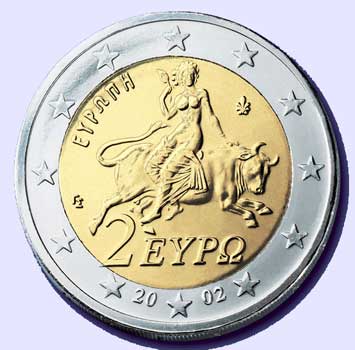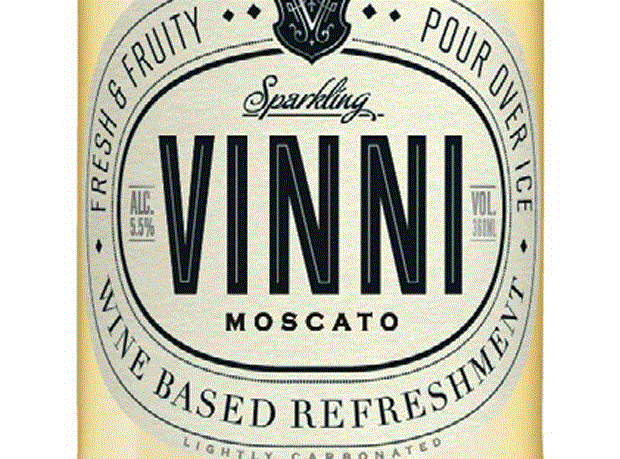Anyone who knows about the 1960s cult UK drama series, The Prisoner, will recall the repeated claim by the protagonist that he is not a number. The theme of the programme was the clash between individualism and collectivism, a dichotomy that occurred to me while considering the way some producers choose to stand outside their regional appellation system.
Viewed from one angle, appellations, denominations and regional designations of one kind or another seem to be the natural state of the wine world. In Europe, new regions and sub-regions seem to be given official recognition almost every week. But the picture is hardly different in the New World. Nudge an Australian winemaker and his Pavlovian response will probably be "We need a much greater focus on regionality". Across the Southern Hemisphere and the Americas, vineyards are being graced with brand new appellations of some kind.
Appellations, wherever they are, embody the character of the specific conditions in which the wine is produced. And, for people like Jamie Goode of wineanorak.com, they are the noble opposite of "Commodity wine". This, Goode says is "inexpensive wine purchased in most cases not for its intrinsic qualities but because it serves a purpose, like milk, sugar or instant coffee". "Terroir wine", by contrast, is "any wine that has some sort of link to geography – where the grapes were grown and also local cultural influences"
I tend to look at the word "commodity" rather differently. Going beyond the dictionary definition of "something that is useful or necessary", I prefer the definition from investorwords: "A physical substance, such as food, grains, and metals, which is interchangeable with another product of the same type". This interchangeability - or fungibility - fascinated Marx who wrote that "From the taste of wheat it is not possible to tell who produced it, a Russian serf, a French peasant or an English capitalist."
Now, experts and enthusiasts will claim that they can always appreciate the difference in taste between two bottles of AC Bordeaux or DO Rioja but, whatever Jamie Goode may think, regionally designated wines like these are undeniably sold as commodities. There are published bulk prices for them and a glance at the website of Global Wines & Spirits reveals how tenders for "Pinot Noir from Burgundy for China" sit alongside "White Generic Wine in bulk needed for Italy".
In fact, and this is possibly an indigestible suggestion, I'd argue that choosing to fall within an appellation actually raises the risk of being treated as a commodity, for the simple reason that to do so is to put oneself within a fungible group.
Outside the cosy world of wine, it is interesting how successful producers strive to separate themselves from categories in which others might want to place them. You don't find Apple describing its iPhone as a smartphone or its iPad as a tablet. L'Oreal makes hair colourant, not hair dye; Baileys is "Irish Cream", not a "cream liqueur", Martini prefers to be thought of as "the world's most beautiful drink" than as a vermouth... I could go on.
The cleverest wine producers - to my mind - are the ones that transcend appellations. Wines like Guigal's top Cote Roties, Gaja's Barbarescos, Palacios's Priorats, DRC, Lafite, Petrus, Penfolds Grange, Harlan Estate, Cloudy Bay, Pingus... All of these are bought for themselves and not because of the category in which they fall. There may occasionally be people out there who say, "I fancy a glass of wine from the commune of Margaux... Which shall I have? Palmer? Rauzan Segla? Or Chateau Margaux..? Oh, on balance, maybe I'll go for the Chateau Margaux." But not many...
One person who sees this in the same way as I do is the brilliant cartoonist and blogger, Hugh Macleod, who covered it in a fine blog post: "The other day I showed the above cartoon to the owner of a large American wine importer.'What a lovely grain of sand you are. Too bad you’re lying on the beach.'
My thesis that came out of that conversation: Wine has become a commodity. But most people in the wine trade are too self-absorbed with their own wine schtick to acknowledge the fact. OTHER PEOPLE’S WINE may already be a commodity, but NOT OUR WINE, no no no no… Our wine is SPECIAL, yes yes yes yes… If you want to remove the “commodity factor” from your wine, you first have to admit that yes, you too are also selling a commodity. And then work from there."
I can't really add much to that - but I look forward to hearing what others think...



















